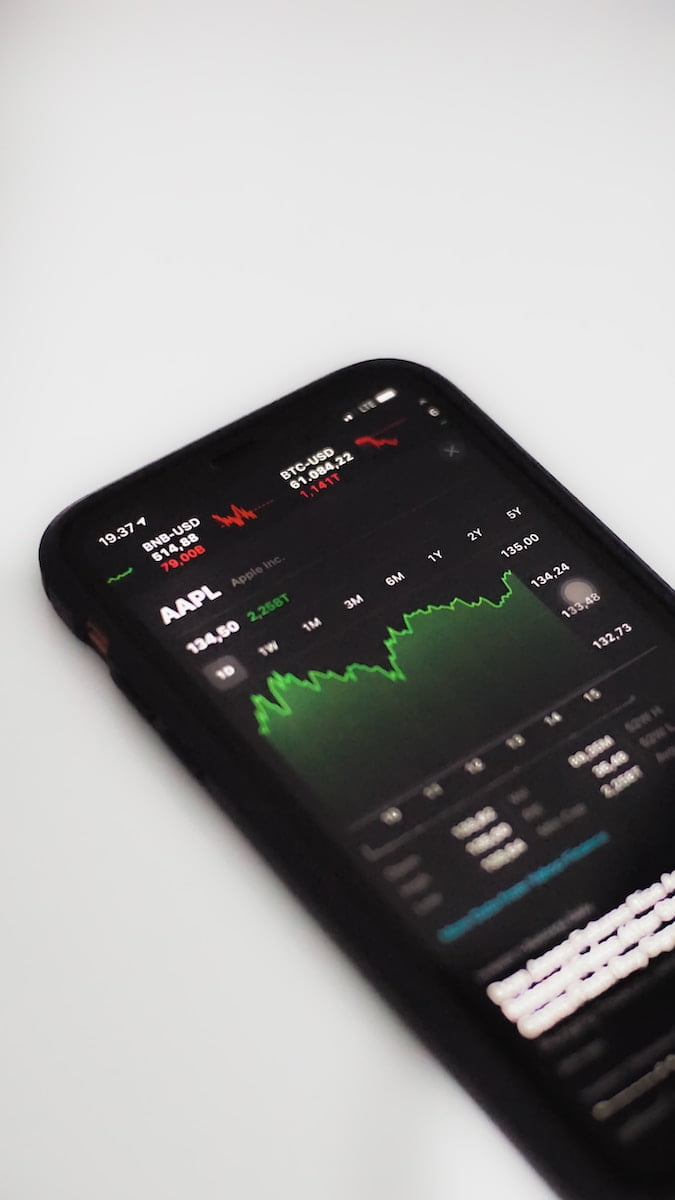Introduction:
In this article, we will delve into the world of High Frequency Trading (HFT) and explore its key concepts, strategies, as well as its impact on financial markets.
Heading 1: What is High Frequency Trading (HFT)?
Paragraph: High Frequency Trading (HFT) refers to the use of advanced technology and algorithms to execute a large number of trades within incredibly short timeframes. HFT firms employ powerful computers and ultra-fast networks to gain an informational advantage and capitalize on tiny price discrepancies in the market.
Heading 2: How Does High Frequency Trading (HFT) Work?
Paragraph: HFT algorithms constantly scan multiple markets, looking for profitable opportunities based on various indicators such as price movements, order flow, news sentiment, or even social media trends. These algorithms execute trades automatically, often taking advantage of price discrepancies that last for mere microseconds. The lightning-fast execution speed enables HFT firms to secure profits by buying and selling securities at highly advantageous prices.
Heading 3: HFT Strategies
Paragraph: HFT encompasses a range of strategies, each with its own unique characteristics. Some common HFT strategies include market-making, arbitrage, statistical arbitrage, and momentum trading. Market-making involves providing liquidity by simultaneously displaying buy and sell quotes, profiting from the bid-ask spread. Arbitrage strategies aim to exploit price differences between various markets or related instruments, while statistical arbitrage relies on quantitative models to identify temporary pricing anomalies. On the other hand, momentum trading focuses on capturing short-term price movements by following trends and patterns.
Heading 4: Advantages and Disadvantages of HFT
Paragraph: Proponents argue that HFT improves liquidity, tightens bid-ask spreads, and enhances market efficiency by narrowing price discrepancies. Additionally, HFT can provide opportunities for smaller investors to execute trades at improved prices. However, critics express concerns over potential market manipulation, increased volatility, and the inequality of access to market data and infrastructure. Regulators worldwide have implemented measures to address these concerns, such as introducing speed bumps or implementing stricter monitoring and reporting requirements.
Heading 5: Impact on Financial Markets
Paragraph: HFT plays a significant role in modern financial markets. Its speed and efficiency have reshaped market dynamics and altered traditional trading practices. HFT has the potential to amplify market volatility, as seen during flash crashes, but it can also improve market quality. HFT firms contribute to price discovery, increase liquidity, and enhance market depth. However, the dominance of HFT in certain markets can create challenges, including the risk of coordinated actions and potential disruptions.
Conclusion:
High Frequency Trading (HFT) represents a constantly evolving field that has revolutionized the way trading is conducted in financial markets. By leveraging cutting-edge technology and complex algorithms, HFT firms have the ability to execute trades at lightning-fast speeds, capitalizing on even the tiniest market inefficiencies. As HFT continues to shape the landscape of finance, regulators and market participants must strike a balance between reaping the benefits and addressing the potential risks associated with this powerful trading strategy.

+ There are no comments
Add yours